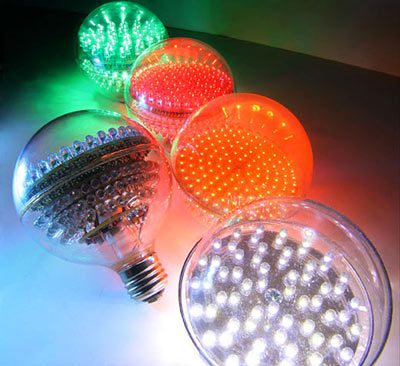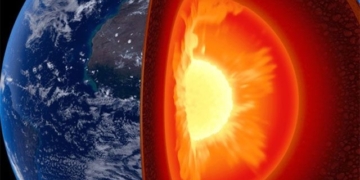In the future, electric bulbs will serve not only as light sources but also as access points for the Internet, allowing us to communicate with electronic devices in our homes.
Remote control devices currently use infrared rays to communicate with TVs and DVD players. Transforming table lamps and ceiling lights into wireless Internet access points could enable you to browse the web from anywhere.
“We can communicate anywhere, as long as there is electric light,” stated Thomas Little, a computer engineer from Boston University (USA).
Of course, the scientific community cannot turn every light source into a wireless network. Thomas and many other researchers are focusing on light-emitting diodes (LEDs) – a type of bulb that consumes less energy and has a longer lifespan compared to traditional bulbs.
Since ancient times, humans have known how to use light for communication. Roman fortresses signaled each other with large bonfires. Lighthouses warned ships to steer clear of reefs and whirlpools. The American aerospace and military agencies have promoted the use of lasers as a means of direct and rapid communication.
However, today’s wireless communication technologies rely on radio waves, but the speed of data transmission via radio waves decreases as the number of Internet users and accessing devices (computers, PDAs, phones) increases and competes for a limited bandwidth.
 |
|
LED bulbs. (Image source: uk.gizmodo.com) |
Light can solve bandwidth congestion issues as it transmits data directly to each device and user. Initially, data will be transmitted from a wireless router through electrical wires to the LED lights (placed on tables or hung from ceilings). From there, the LEDs will transmit data to the devices.
Data transmission using light has higher security since light cannot penetrate walls like radio waves. A wireless system based on light cannot pass through the four walls of a room. Neighbors with a “free rider” mentality and curiosity cannot exploit your system for free Internet access unless they stand outside your window, where the light can escape.
Thomas and his colleagues have developed a prototype data transmission system using an upgraded router and LED lights.
LEDs have become quite common in many areas of life, from computer screens to traffic lights. However, they are still not as widely used as traditional bulbs due to their higher cost (starting from 30 USD). In return, an LED bulb can last over 50,000 hours and helps reduce monthly electricity


















































